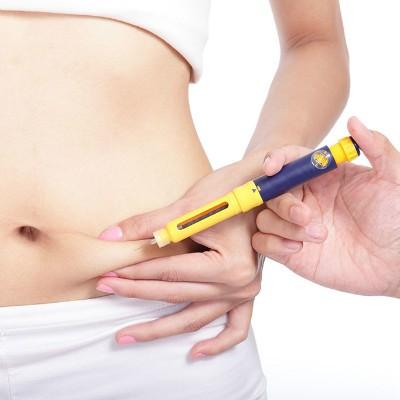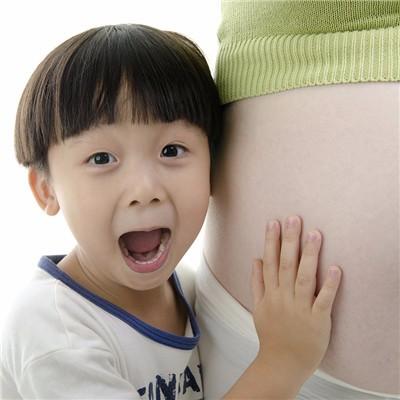Let's see: what is IVF
summary
In the imagination of ordinary people, test tube baby is "a sperm and an egg, put in the test tube, change into a baby". In fact, it's not easy to "make" a baby successfully, and ordinary people are full of doubts about it. Let's share some knowledge about IVF.
Let's see: what is IVF
First: although from a scientific point of view, IVF integrates many modern medical methods, it does not mean that every treatment can definitely help couples achieve the success of "creating human beings". At present, the pregnancy rate of a treatment cycle is 40% ~ 50%, and the chance of getting a baby is about 30% ~ 40%. This is mainly related to the age of the woman. The older the woman is, the lower the success rate is. Last year, we separately calculated the pregnancy rate of couples whose women were under 38 years old who were treated with IVF for the first time, which could be as high as 55% ~ 60%. With the thawing and transfer of frozen embryos, the cumulative pregnancy rate could reach 70% ~ 80%.
Second: however, the success rate of older patients with women aged 41-45 is only about 10% - 20%. The best childbearing age for women is from 25 to 33 years old. After that, the function of reproductive system begins to degenerate, especially the ovarian function begins to decline. In addition, it is necessary to reduce abortion operation and attach importance to the first pregnancy. Postoperative carelessness after operation can cause infection, resulting in tubal inflammation, endometritis, and so on, leading to infertility.
Third: Generally speaking, the doctor will do a series of detailed examination and diagnosis of infertility, and then choose the most suitable treatment for patients. Once it is determined that it is suitable for IVF, it will take at least one month for a woman to get pregnant successfully, and some people may have to persist for one year or even longer.
matters needing attention
Test tube babies are no different from babies conceived naturally. From the current records, there is no significant difference between the situation of birth defects found in test tube infants and those born after natural pregnancy.











